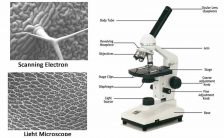Search results for: “advanced”
-
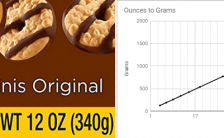
How to Use a Spreadsheet to Create a Graph
High school teachers often assume that their students know how to use basic word processing programs, internet browsers, and spreadsheets. My students come to me with very little knowledge in how to do advanced tasks in those platforms, like inserting a graph or image. I created this assignment to give students an introduction into…
-
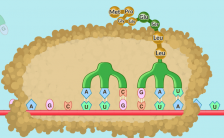
Manipulate DNA in a Simulation to Explore Mutations
This activity uses a simulation from the Concord Consortium. It shows how DNA is transcribed to RNA and then turned into a protein. It’s a very clear animation and can be used on its own as part of a lecture on protein synthesis. I have even used this as a demonstration to show protein folding…
-
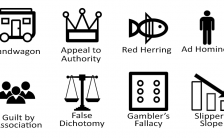
What Are Logical Fallacies?
This activity can be a good introduction to logic and how fallacies can undermine claims in an argument. This can be included in introductory lessons on the scientific method and instruction on how to formulate and support conclusions with data. I’ve also found this to be useful before lessons on evolution where we discuss myths…
-
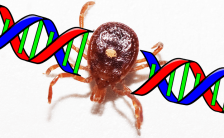
How Can Gene Editing Eliminate Lyme Disease?
This is a close reading and annotation exercise that can be completed in small groups. The article is an abridged version of “Rewriting the Code of Life” from the Annals of Science, January 2017. It includes concepts about transmission of pathogens and secondary hosts followed by an explanation of how CRISPR could be used to…
-
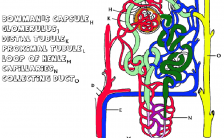
The Anatomy of the Kidney and Nephron
This coloring worksheet asks students to color the kidney to identify where structures like the medulla, cortex, renal vessels and ureters are located. Another image focuses on an individual nephron to identify the glomerulus, proximal and distal tubules, and the Loop of Henle. This worksheet is intended for advanced students of anatomy. Students will…
-
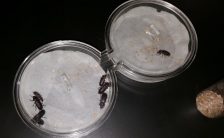
Investigation: Habitat Selection in Flour Beetles
This activity was modified from an Advanced Placement Investigation for use with freshman classes. The instructions are clear and require students to examine data and create a graph. Then students collect their own data using Choice Chambers and can choose which variables they would like to test: wet vs dry, water vs vinegar, light…
-
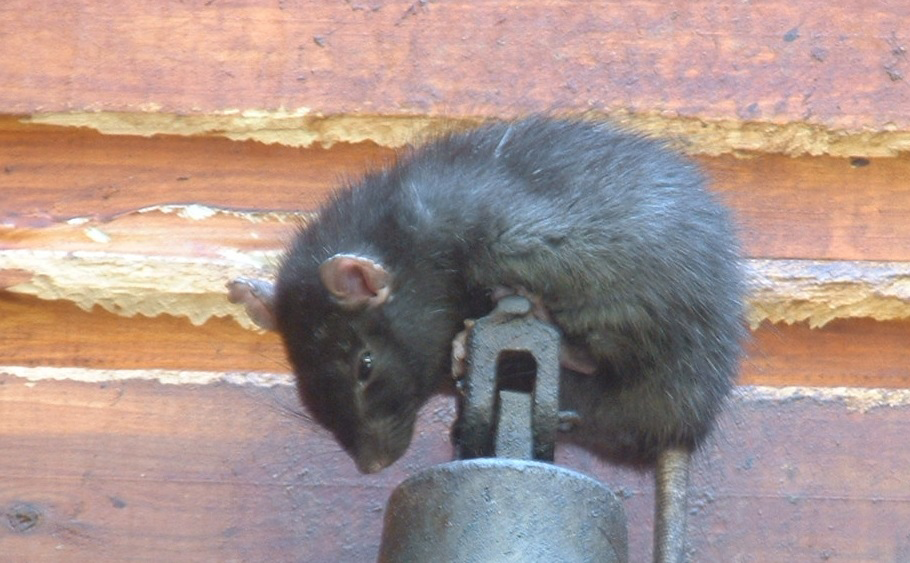
Investigation: Rat Dissection
Provides instructions for dissecting a preserved rat. Students start with the external anatomy, then locate muscles, bones, and then the major organs.
-
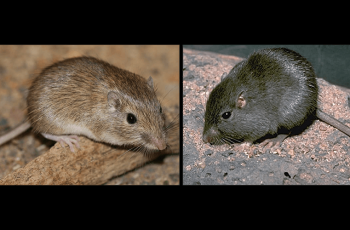
Evolution and the Rock Pocket Mouse (HHMI)
This activity was modified from the HHMI Activity on color variation in the rock pocket mouse which illustrates evolutionary concepts such as fitness, natural selection, and mutation.
-
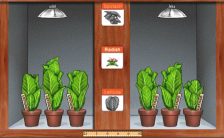
Photosynthesis Lab – How Light Color Affects Growth
A virtual simulator that shows how plant growth changes in response to the color of light. Students measure the heights of plants grown under different colors.
-
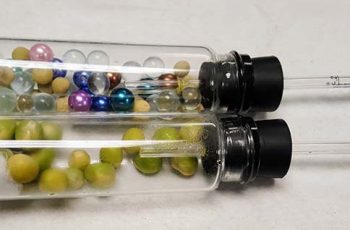
Investigation: Cellular Respiration
Students set up respirometers to measure the oxygen consumption of germinating peas in cold and warm water, and compared to a living organism.
-
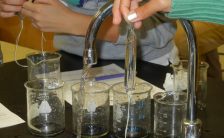
Investigation: Osmosis and Water Potential
Students models osmosis using dialysis tubes that contain different concentrations of sucrose. The tubes will gain water dependent upon the molarity of solution they are placed in. You can make sucrose solutions with table sugar, and instructions are included in the teacher’s guide to the lab. The second part of the investigation determine the…
-
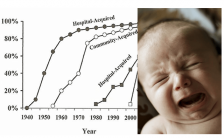
Case Study: How Do Bacteria Become Resistant?
Students analyze data regarding methicillin and penicillin resistant bacteria, focusing how hospitals inadvertently drive the evolution of resistant strains. Each section of the case explores an aspect of dealing with bacteria, including sanitation, analyzing agar plates uses the Kirby-Bauer disk method and concludes with students suggesting plans for reducing the incidence of MRSA in hospitals. With…
-
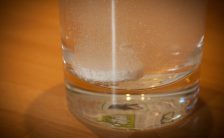
Investigation: Plop Plop Fizz Fizz
This investigation asks beginning students to develop a hypothesis about how quickly an effervescent tablet will dissolve and then design an experiment.
-

Stickleback Fish – An Evolution Story
Students to examine two lakes and compare the types of fish in each. They learn how lakes form, and why spines may be an advantage for some populations.


